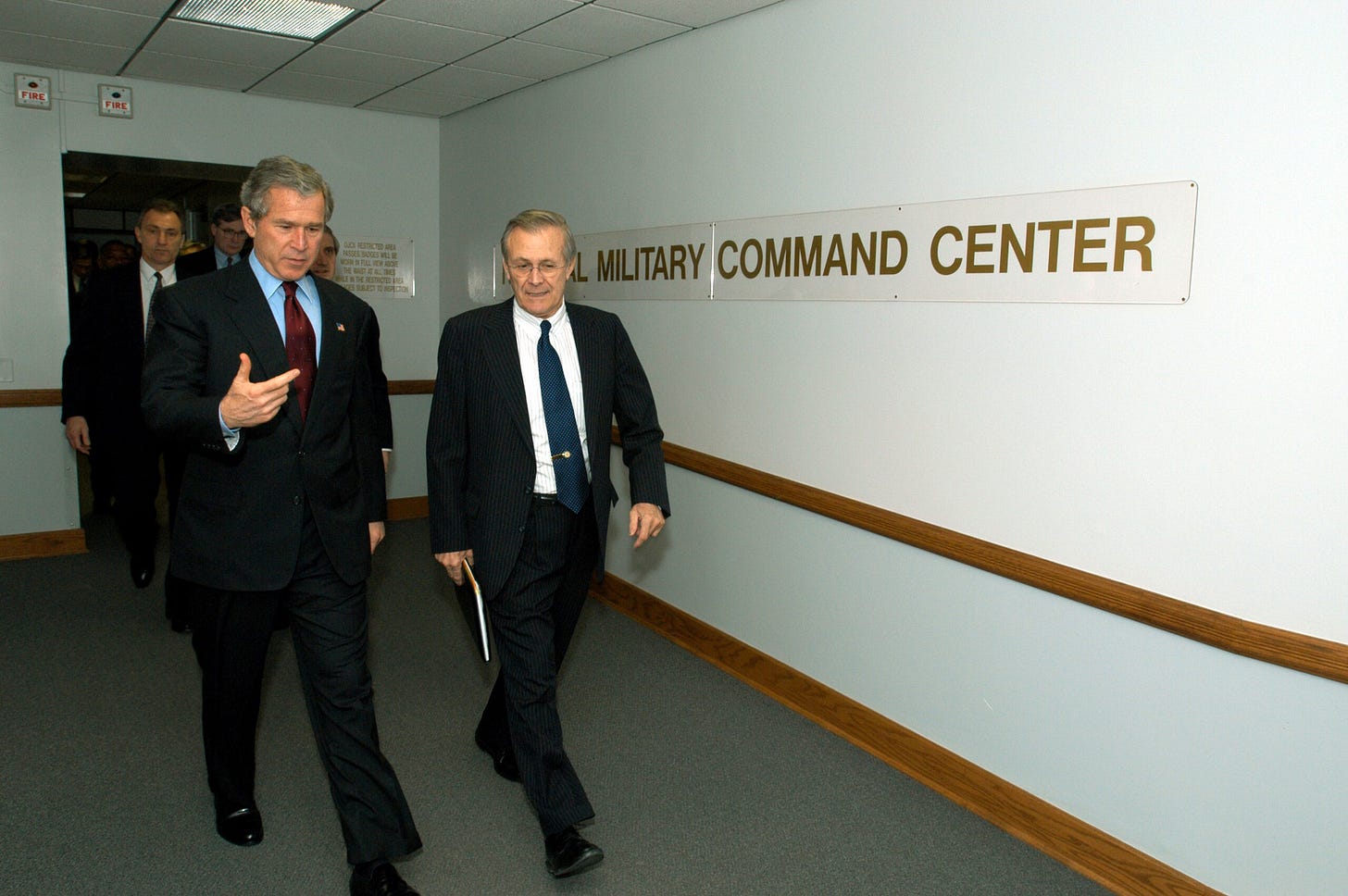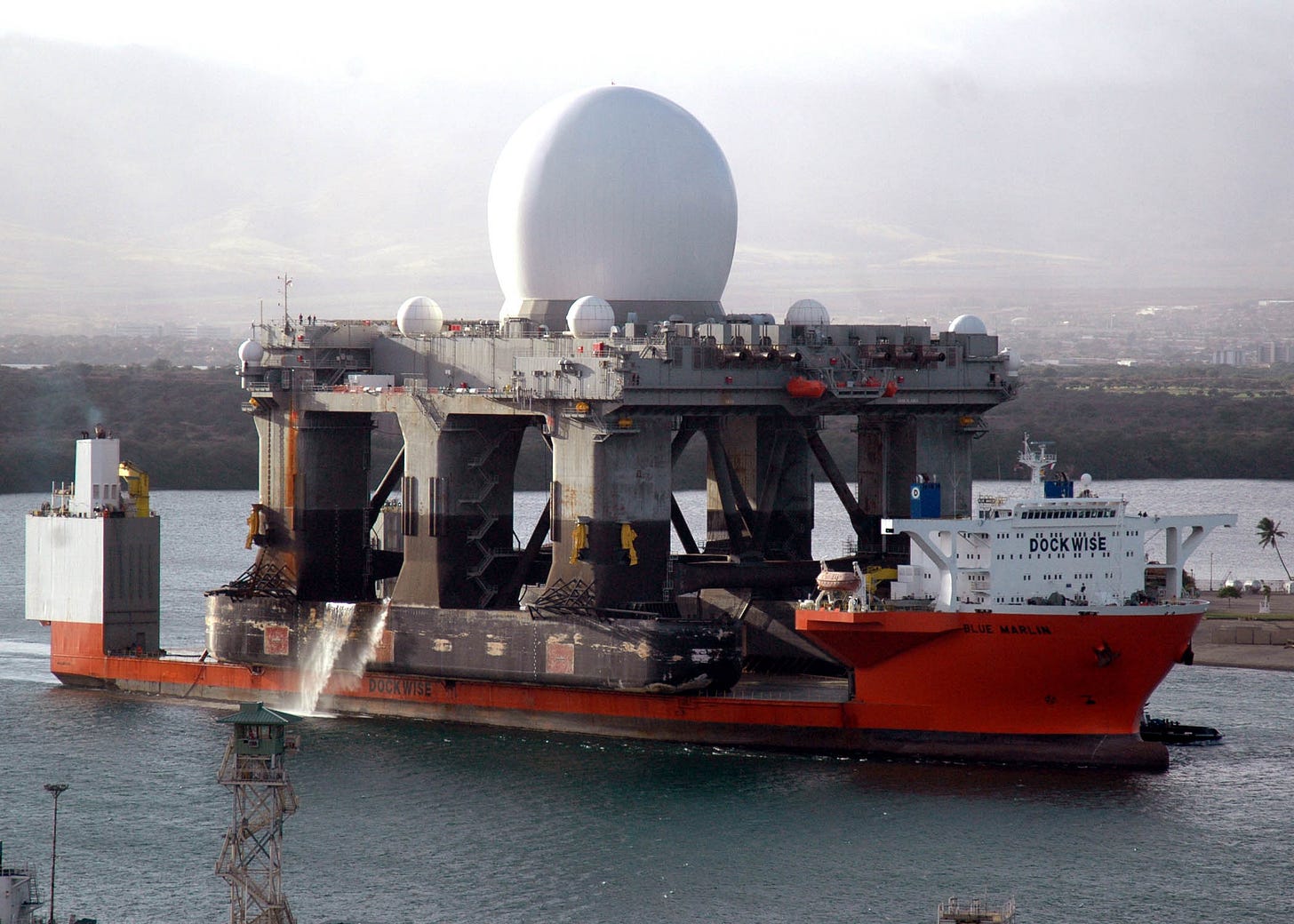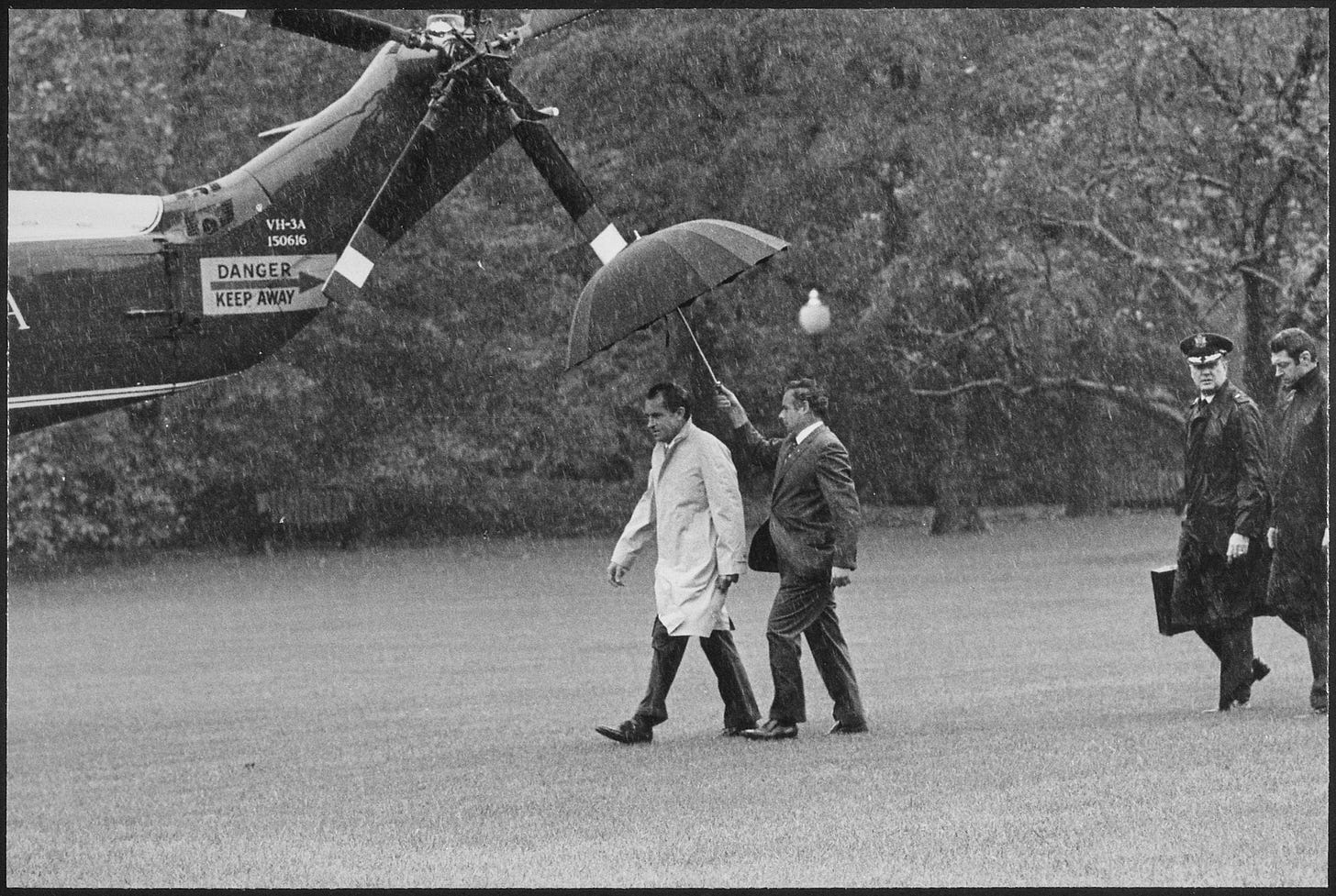When queried, "What distinguishes you?" I often, in a whimsical vein, retort, "I have engaged in as many nuclear conflicts as any living general on this planet." Predictably, such a response leaves the interlocutor momentarily bemused, requiring a brief pause for full comprehension and subsequent amusement. Nuclear warfare, by its nature, remains a sensitive subject.
Even in 2024, the recollection of the atomic bombings of Hiroshima and Nagasaki in 1945 looms large, accompanied by ongoing discourse as to whether such actions constitute crimes against humanity—a debate still unresolved. However, much has transpired since August 1945. Presently, we count nine nuclear-armed nations, with a total global nuclear stockpile of over 13000 weapons, and as of January 30th, 2024, humanity teeters a mere ninety seconds from midnight on the doomsday clock, where midnight symbolizes the brink of a significant calamity, whether wrought by nuclear conflict or climate upheaval. While ample literature exists regarding nuclear armaments, recent revelations stemming from declassified reports shed new light on the potential trajectory of nuclear conflict in the event of deterrence failure. Hence, I have chosen to dedicate several forthcoming newsletters to the subject of nuclear weapons. Based on my recent reading of Anne Jacobson’s book, the current installment will delve into the prospective protocols activated in the event of nuclear conflict with the scope limited to the President of the United States (POTUS), while subsequent editions will explore the roles of various American governmental entities in such scenarios and offer a comprehensive overview, peppered with engaging anecdotes, detailing India's acquisition of nuclear capabilities. One might inquire as to why this initial newsletter exclusively focuses on American protocols in the face of a nuclear attack. The answer lies in the systematic declassification of reports and documents by the United States—a practice unparalleled among nuclear-armed states. Absent similar transparency from other nations, one can only extrapolate potential protocols in those contexts. Furthermore, since this newsletter will be replete with military abbreviations, I shall append a comprehensive list of these abbreviations at the conclusion of the newsletter, accompanied by concise explanations to mitigate any potential confusion.

Within a tenth of a second of the InterContinentalBallisticMissile's (ICBM) ignition from a hostile country, the American cluster of Space-Based Infrared System (SBIRS) satellites will detect the launch. The satellite system is capable of computing onboard signal processing and transmitting early warning data to Earth. The sensors aboard SBIRS are so powerful that they can detect a single-lit match from 200 miles away. Within the next one to three seconds, this information, labeled "Ballistic Missile Launch, Alert," will be relayed to the National Reconnaissance Office (NRO) mission ground station at Buckley Space Force Base in Colorado. The existence of this station was only declassified in 2008. All information managed by the NRO is highly controlled and tagged as "ECI - Exceptionally Controlled Information." Upon receiving the alert, designated officials at the center will relay the encrypted messages to the three nuclear command centers located at Cheyenne Mountain Complex in Colorado, the Pentagon in Washington D.C., and Offutt Air Force Base in Nebraska. In the event of a nuclear war, the Colorado-based NRO station will serve as the primary downlink facility for all US military satellites. Within five seconds of detecting the missile launch, the powerful computing systems at the Aerospace Data Facility in Colorado will process the downlink data. They will also analyze data from a wide array of US surveillance sources, including SIGINT, IMINT, TECHINT, CYBINT, HUMINT, OSINT, and GEOINT. This comprehensive analysis aims to pinpoint the size of the missile and its potential trajectory.

Meanwhile, at the National Military Command Center (NMCC) in the Pentagon, the missile's real-time trajectory will be tracked on the command center's wall as the missile continues to surge six seconds after ignition. The NMCC serves as the central command post to ensure connectivity for the execution of the Single Integrated Operational Plan and worldwide crisis monitoring.

Buckley Space Force Base is home to Space Delta 4, responsible for operating missile-warning units and ground-based early warning radars. Data from Space Delta 4 will be relayed to three commands: North American Aerospace Defense Command (NORAD), United States Northern Command (NORTHCOM), and United States Strategic Command (STRATCOM). Through Space Delta 4, all three commands will await confirmation of the incoming ICBM via the over-the-horizon ground radar system. This information serves as a secondary collaborative layer of information. If the projectile is launched by North Korea, the Long Range Discrimination Radar at the Alaska-based Clear Space Force Station will monitor the horizon of the Pacific theater. It will take approximately eight minutes for the radars in Alaska to pick up the incoming missile.
Thirty seconds into the launch, the SBIRS satellites will have gathered enough information from the incoming projectile to safely determine its potential target. This information will be relayed to the Missile Warning System (MWS) in the bunker at Cheyenne Mountain Complex, located 2,000 feet below the mountain. The MWS will correlate all the data and provide it to the commanders of NORAD, NORTHCOM, and STRATCOM to decide whether to inform the President. The highest official at the STRATCOM is the senior military official for the nuclear operations of the United States. It is the STRATCOM commander who advises the president on the matters of Nuclear Operations and then does as the President commands. Within a minute of the hostile missile ignition’s detection, the STRATCOM Commander will reach the underground battle deck where a display screen on the huge wall traces three electronic clocks with different sequences. The RED IMPACT signifies the remaining time for the missile to hit the target, the BLUE IMPACT signifies the time for the US to counterstrike and SAFE ESCAPE reveals the time remaining for the STRATCOM commander to safely exit the bunker and evacuate. As the BLUE IMPACT timer running will become the priority as a sound proof divider will come down from the ceiling and the core group of the Deck will assemble here to discuss the potential launch plans.
While the STRATCOM convenes to deliberate prospective launch strategies, officials at the NORAD-NORTHCOM command center in Colorado commence the formulation of the nuclear assault assessment, which is subsequently relayed to the Secretary of Defense and the Chairman of the Joint Chiefs of Staff at the National Military Command Center in the Pentagon. This transmission is facilitated by an encrypted, EMP-resistant, jam-resistant satellite communication system known as the Advanced Extremely High Frequency System. Concurrently, a specialized aircraft, referred to as the Doomsday Plane, is deployed to the tarmac of Offutt Airbase, its engines primed, awaiting the arrival of the STRATCOM commander following the initiation of the Blue Impact protocol. Outfitted with cutting-edge communication technology, this aircraft ensures the capability for the STRATCOM commander to enact directives pertaining to nuclear operations, even in the event of the destruction of terrestrial facilities.
As the influx of data streams in from all communication channels, affirming the trajectory of the incoming missile towards the United States, the "Launch on Warning" protocol swiftly initiates. This policy, synonymous with the term "hair-trigger alert," mandates that nuclear armaments assume a state of readiness for launch, poised to retaliate the moment early warning systems validate an impending missile strike. Within a mere three minutes of detecting the incoming threat, confirmation will reach the Secretary of Defense, who will promptly apprise the President via the National Security Advisor. In a matter of seconds, the Secret Service will mobilize, swiftly escorting the President to the Presidential Emergency Operations Center (PEOC) bunker, ensuring the safety and continuity of leadership amidst the looming peril.

One might inquire why the United States, when alerted to an impending nuclear ICBM missile threat, cannot simply intercept and neutralize it. However, the task is far from straightforward. The Missile Defense Agency (MDA) shoulders the responsibility of intercepting any incoming projectiles, yet historical data paints a daunting picture: between 2010 and 2013, despite substantial investments totaling billions of dollars, not a single successful interception was recorded among the 44 interceptor missiles at the agency's disposal. Over the subsequent five years, despite continued financial infusion, the success rate crawled to a meager 55 percent. By 2017, test results plummeted further, with a mere 40 percent success rate. Of the 44 interceptors, 40 are stationed in Alaska, while the remaining four are positioned at the Vandenberg Space Force Base in California. Given the limitations of the SBIRS in tracking missiles in space, the Missile Defense Agency has turned to a $10 billion Sea-Based X-Band Radar Station, known as SBX, stationed in the North Pacific Ocean. This station furnishes crucial data to the exoatmospheric kill vehicle housed within US interceptor missiles, aiding in pinpointing the location of the incoming warhead during the Midcourse Phase flight. Originally constructed by Norwegians for offshore oil drilling purposes, the SBX was later procured by the US Department of Defense and extensively modified, transforming it into the world's most exorbitant missile defense radar. Equipped with living quarters, a helipad, and control rooms, the SBX has nonetheless garnered criticism, with many officials branding it a "10 Billion Dollar radar gone bad" due to a significant flaw: its narrow field of vision, which renders accurate missile detection a matter of serendipity rather than reliability.

Approximately seven minutes elapse from the detection of the hostile projectile's ignition to the launch of the interceptor missile from Alaska. Once deployed into space, the interceptor relies on infrared heat seeking to locate the incoming missile. As the end-of-the-world scenario approaches nine minutes, the Alaska-based ground station provides secondary confirmation of the projectile's trajectory as it emerges over the horizon. However, given the alarmingly high failure rate of interceptor missiles, additional rounds may need to be launched in rapid succession should initial attempts prove unsuccessful. In the dire eventuality of all interception endeavors faltering, the President, serving as the sole Nuclear Command Authority akin to the structure in India, assumes the weighty responsibility of decision-making. Upon reaching the Presidential Emergency Operations Center (PEOC), the President is afforded a scant six minutes to make critical decisions.
Standing steadfast beside the President is their Military Aide, bearing the weighty Nuclear Football containing a collection of highly classified documents known as Presidential Emergency Action Documents (PEADs). These documents, pivotal in dire emergencies such as a nuclear attack, include the infamous Black Book, housing a roster of potential nuclear strike options. According to a heavily redacted declassified SIOP Briefing for the Nixon Administration, this repository encompasses the Decisions handbook, delineating the types of nuclear armaments to deploy, designated targets, and estimated casualty rates. Former President Bill Clinton's Military Aide, Robert Patterson, once likened the Black Book to a "Denny's breakfast menu," underscoring its preordained selection of targets.
Upon opening the Football, the National Military Command Center (NMCC) will orchestrate a briefing for the President, following a predetermined script outlining available counterstrike options. However, prior to the issuance of any directives, military readiness will be escalated to DEFCON I, signaling maximum preparedness and readiness for nuclear conflict—a state of alert not witnessed since the harrowing days of the Cuban Missile Crisis in 1962. At this juncture, amidst the intense deliberations within the close quarters of the POTUS's milieu, a phenomenon known as "Jamming the President" may unfold. This describes the scenario wherein the elected civilian leader finds themselves inundated with a barrage of retaliatory advisements from high-ranking Generals and Admirals. While the civilian leadership advocates for cautious consultation prior to authorizing an attack that could potentially exact a toll in the millions, the military brass may press for swift and decisive action, reflecting the inherent tension between military urgency and civilian prudence in matters of national security.
It is crucial to acknowledge that the STRATCOM commander possesses an identical Black Book to that of the President's, underscoring the gravity and shared responsibility of strategic decision-making. Accompanying the STRATCOM commander is the Nuclear Strike Advisor, whose routine involves diligent perusal of the Black Book on a daily basis, ensuring a comprehensive understanding of available options and strategies. Additionally, a weather officer is enlisted within the STRATCOM command hierarchy, tasked with providing vital insights regarding potential casualties resulting from nuclear fallout, considering the unpredictable nature of weather patterns. This officer plays a pivotal role in informing both the President and the STRATCOM commander of the nuanced implications of atmospheric conditions on post-attack consequences, highlighting the intricate interplay between strategic planning and environmental factors in the realm of nuclear warfare.
It is imperative to note that the President carries a laminated card known as the "biscuit," containing crucial launch codes essential for authorizing nuclear strikes. This card underscores the immense responsibility vested in the President as the ultimate arbiter of nuclear deterrence.
Amidst the unfolding crisis, another prominent figure in the hierarchy is the Federal Emergency Management Agency (FEMA) director. Upon the invocation of "The Program," also referred to as "The Continuity of Operations Plan" (COOP), the FEMA director is promptly apprised of the imminent threat. Unlike Continuity of Government, which addresses constitutional succession matters, COOP is tailored to ensure the continuity of essential governmental functions during catastrophic events.
FEMA's mandate extends to preparing for nuclear warfare and devising strategies to safeguard specific individuals, including government officials, during a nuclear attack. However, it's critical to highlight the absence of an agency tasked explicitly with aiding civilian survival in the aftermath of a nuclear strike. This underscores the stark reality that while measures are in place to safeguard governmental continuity, the broader populace may lack comprehensive support systems in the event of such catastrophic scenarios.
As the tension mounts, the President will solemnly recite the nuclear launch codes, a weighty act that will underscore the gravity of the decision at hand. Confirmation of the impending strike unfolds through a method steeped in tradition—an exchange of challenge and response codes. The Deputy Director of Operations at the National Military Command Center (NMCC) will issue NATO phonetic words, to which the President will respond with the appropriate counterpart as delineated in the documents housed within the Football and hence the orders go out to launch the missile(s).

Tasked with the monumental responsibility of executing these commands are the two-man missile crews. Direct orders emanate from the STRATCOM commander in the form of a 150-character encrypted message. With precision and urgency, the crew swiftly accesses the locked safe within the confines of the missile silo, scrutinizing the authentication codes against their sealed counterparts. In a matter of seconds, a small silver-colored fire control key is retrieved, and the missiles are armed, poised to enact the harrowing dictates of nuclear warfare. In the rugged expanse of Wyoming's ranching country, over 600 miles from the nerve center of Washington, lies a significant bastion of American land-based nuclear deterrence. This remote terrain harbors over a third of the nation's land-based nuclear missiles, aptly named Minutemen for their astonishing swiftness—they require a mere 60 seconds to arm, target, and unleash their destructive payload. Scattered across the continental United States, these missiles find their homes amidst private ranches, national forests, and family farms. Some are nestled in such remote locales that even on a favorable day, it takes hours for the crew to traverse the rugged terrain to reach the silos. And, in minutes after the President giving orders, missiles will be launched and the BLUE IMPACT timer will finally start.

Amidst the escalating crisis, there exists a sobering possibility that the President will be swiftly escorted to the sanctuary of the Doomsday Plane (E4B Nightwatch) by the paramilitary unit of the Secret Service. From there, a carefully orchestrated evacuation ensues, with the President likely being transported to the Raven Rock Mountain Complex—a fortified bastion nestled deep within the bowels of the earth. This complex serves as the Pentagon's alternate National Military Command Center (NMCC), designed to ensure the continuity of governmental operations in the face of catastrophic events. Intriguingly, the genesis of this clandestine refuge traces back to the foresight of a Nazi engineer, Georg Rickhey, who, during World War II, lent his expertise to the design of Hitler's Berlin underground bunker.
It is also probable that the STRATCOM Commander will request the President's Universal Unlock Code. This code grants the STRATCOM Commander the authority to launch nuclear weapons in the event that the line of succession is compromised.
Additionally, as previously noted, numerous facets pertaining to nuclear warfare and various stakeholders will be addressed. However, I shall conclude this newsletter by delineating the most probable sequence of events expected to unfold within the initial hours, particularly those involving the POTUS.
Military abbreviations:
POTUS: President of the United States
SBIRS: Space-Based Infrared System
NRO: National Reconnaissance Office
SIGINT: Signals Intelligence
IMINT: Imagery Intelligence
TECHINT: Technical Intelligence
CYBINT: Cyber Intelligence
HUMINT: Human Intelligence
OSINT: Open Source Intelligence
GEOINT: Geospatial Intelligence
NMCC: National Military Command Center
NORAD: North American Aerospace Defense Command
NORTHCOM: United States Northern Command
STRATCOM: United States Strategic Command
EMP: Electromagnetic Pulse
PEOC: Presidential Emergency Operations Center
MDA: Missile Defense Agency
SBX: Sea-Based X-Band Radar Station
PEAD: Presidential Emergency Action Document
DEFCON: Defense Readiness Condition
FEMA: Federal Emergency Management Agency
COOP: Continuity of Operations Plan

